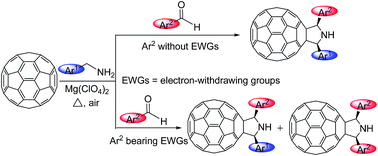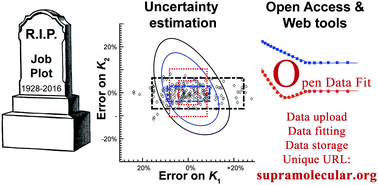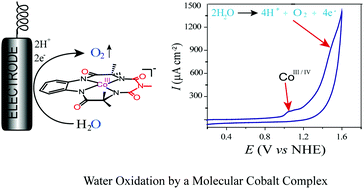Electron transport through multiple hydrogen bonds: Supramolecular junctions bridged with quadruple hydrogen bonds have been constructed and characterized using the scanning tunneling microscopy break junction method. This noncovalent interaction exhibits conductivity comparable to that of covalently conjugated molecular devices and can also be manipulated by the polarity of the solvent environment.
[Communication]
Lin Wang, Zhong-Liang Gong, Shu-Ying Li, Wenjing Hong, Yu-Wu Zhong, Dong Wang, Li-Jun Wan
Angew. Chem. Int. Ed., August 31, 2016, DOI: 10.1002/anie.201605622. Read article







 Open Access
Open Access















![Homochiral [2.2]Paracyclophane Self‐Assembly Promoted by Transannular Hydrogen Bonding Homochiral [2.2]Paracyclophane Self‐Assembly Promoted by Transannular Hydrogen Bonding](http://onlinelibrary.wiley.com/store/10.1002/anie.201605286/asset/image_n/anie201605286-toc-0001.png?v=1&s=cc5bec2d19d462599be99fa514a888fd419b4fb1)

